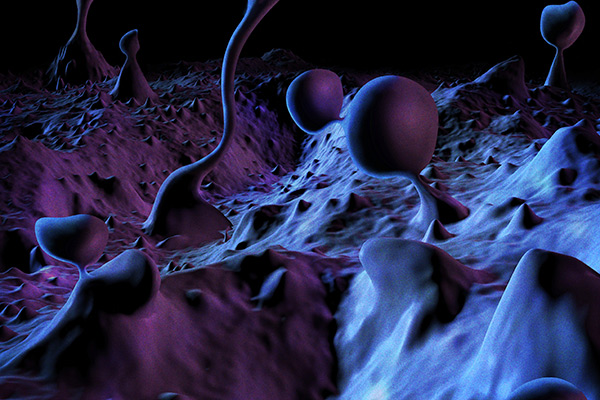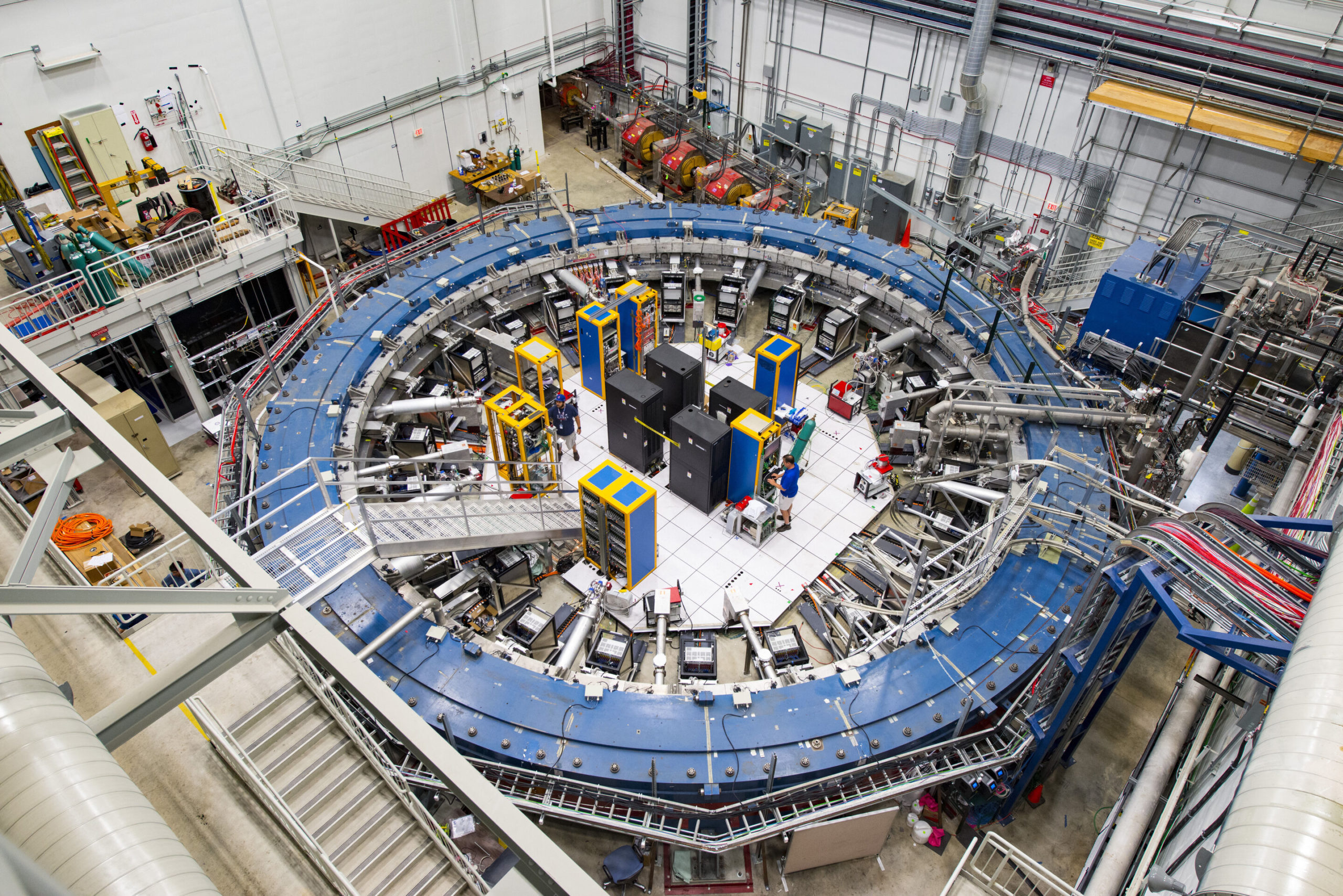Original: Wobbling muons hint strongly at the existence of bizarre new physics , Phil Plait, SYFY Wire.
You can write any question or comments in the comments. I am also open for a personal dialogue in a telegram or a conversation in our chat . I also have a telegram channel about cosmology.
Muons do not behave as predicted by the Standard Model. Why? This may be due to the fact that they are affected by unknown subatomic particles appearing and disappearing in quantum foam - such a conclusion was made during the g-2 experiment carried out at the Fermilab high-energy particle accelerator laboratory in Illinois and investigating the behavior of the muon. and he tells us how little we know about the structure of the universe.
Muon is a subatomic particle, very much like an electron in its properties: both have a negative charge and the same spin, only their mass differs by almost 207 times. Using the Standard Model (SM), physicists are able to explain and predict the behavior of such a heavy particle. For example, a spinning charged particle has an associated magnetic property called moment, which is a measure of the strength of the magnetic field and the orientation of the particle. In comparison with a muon, it will be like this: when it is in a magnetic field, the particle will undergo an oscillation (precession). The CM is extremely accurate in predicting this precession, called a g-factor, which is close to 2.
In the macrocosm, we are used to thinking that space is smooth and continuous, but on a quantum scale (about 10 -35 meters), space becomes discrete. This means that on an ultra-small scale it cannot be empty, and instead should, like soup, "boil and boil" from energy exchange. In this boiling soup, called quantum foam in science, particles constantly arise and annihilate.

? , . g- , , . , , , , «g minus two».
, , , . () 0,00116591810, 0,00116592061 — , , ( 0,0002153%), . : , , , . , — «g minus two» 4,2 , .. 1 38 000 (0,002%).

, , , « » — . , — . - : , , 2012 , , , . «g minus two» , , .
Well, I remind you that the reader does not hesitate to ask a question or correct me in the comments. I also have a telegram channel where I talk about the latest news in cosmology and astrophysics, as well as write about astrophotography. Write to me in a personal or our chat . All good!